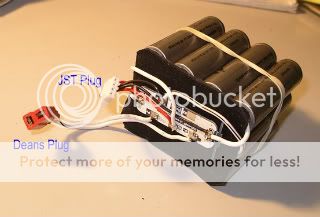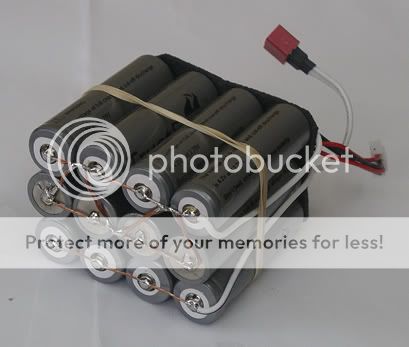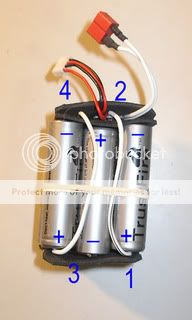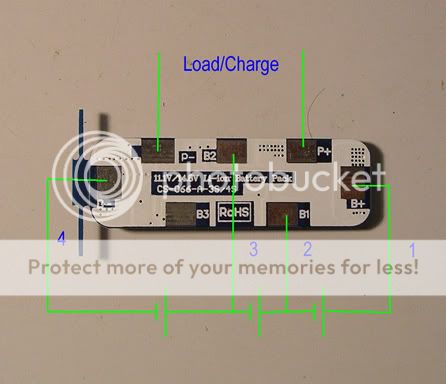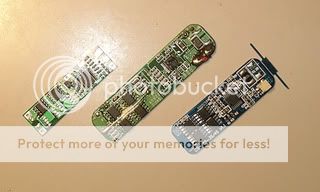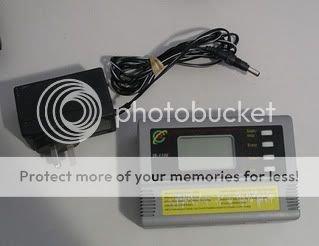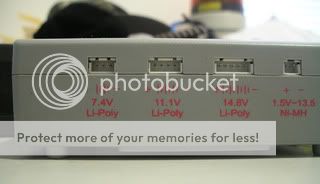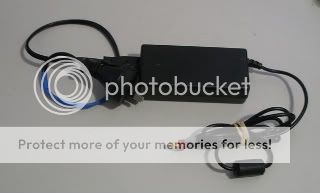Hi,
I'm in the process of preparing to build a cannister for a divelight. I'm wondering what kind of lithium ion batteries you guys use and how you protect these batteries from over(dis)charging.
I was planning to put 2 or 3 LiIons batteries in series and then connect several strings of these in parallel.
I've been searching on this forum and the internet, but am still unsure what I need.
Obviously I need batteries, question is, how should I protect them?
There are the batteries that have their own protection circuit, and there are separate circuits to protect several batteries in series.
From that, I assume it is best not to use protected cells, since if 1 of the cells shuts off while charging or discharging, the entire series string would stop working.
When using unprotected cells, what protection circuit do you use? what specifications should I check?
I'm aware there are protection circuits for the number of batteries in series (switch off at the right voltages). Anything else I should check?
I noticed some people mention things about ballancing. Is this something that should be taken care of in the electronics or is that something the charger does? of is that not so important for such packs in a cannister?
I plan to use a H6CC driver with an SST-50 so I assume that it should be able to handle the current?
Sorry for the many questions...
Johan
I'm in the process of preparing to build a cannister for a divelight. I'm wondering what kind of lithium ion batteries you guys use and how you protect these batteries from over(dis)charging.
I was planning to put 2 or 3 LiIons batteries in series and then connect several strings of these in parallel.
I've been searching on this forum and the internet, but am still unsure what I need.
Obviously I need batteries, question is, how should I protect them?
There are the batteries that have their own protection circuit, and there are separate circuits to protect several batteries in series.
From that, I assume it is best not to use protected cells, since if 1 of the cells shuts off while charging or discharging, the entire series string would stop working.
When using unprotected cells, what protection circuit do you use? what specifications should I check?
I'm aware there are protection circuits for the number of batteries in series (switch off at the right voltages). Anything else I should check?
I noticed some people mention things about ballancing. Is this something that should be taken care of in the electronics or is that something the charger does? of is that not so important for such packs in a cannister?
I plan to use a H6CC driver with an SST-50 so I assume that it should be able to handle the current?
Sorry for the many questions...
Johan


